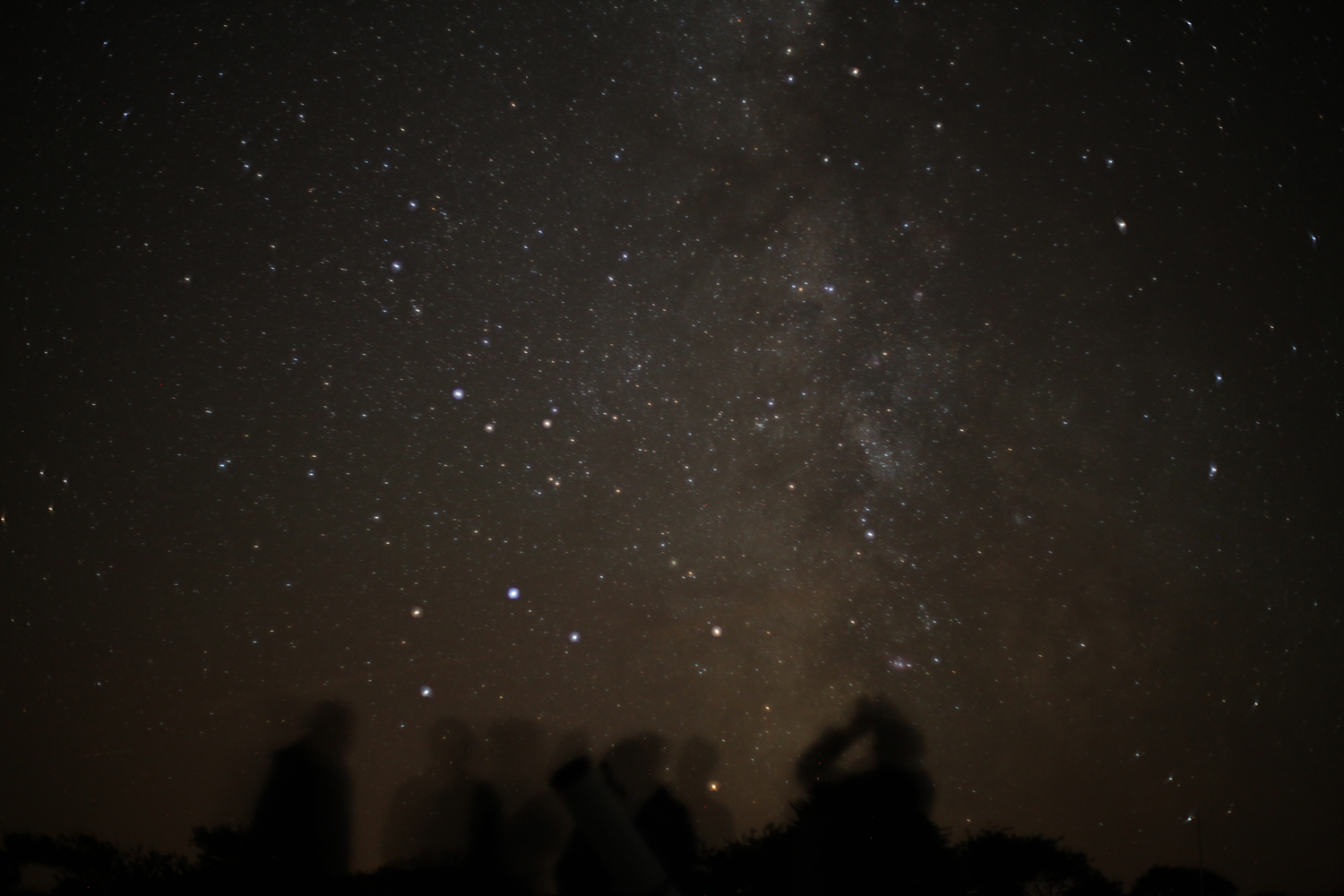Skywatching Events for February 2011

Here's a look at the most promising skywatching events in February 2011:
Moon Phases
Wed., February 2
New Moon, 9:31 p.m.
The Moon is not visible on the date of New Moon because it is too close to the sun, but can be seen low in the southeast as a narrow crescent the morning before, just before sunrise. It is visible in the low westsouthwest the evening after New Moon.
Fri., February 11
First Quarter Moon, 2:18 a.m.
Breaking space news, the latest updates on rocket launches, skywatching events and more!
The First Quarter Moon rises around 10 a.m., and sets around 1 a.m.
Fri., February 18
Full Moon, 3:36 a.m.
The Full Moon of February is usually known as the Wolf Moon. In Algonquian it is called Snow Moon. Other names are Hunger Moon, Storm Moon, and Candles Moon.
In Hindi it is known as Magh Poornima. Its Sinhala (Buddhist) name is Navam Poya. The Full moon rises around sunset and sets around sunrise, the only night in the month when the moon is in the sky all night long. The rest of the month, the moon spends at least some time in the daytime sky.
Thu., February 24
Last Quarter Moon, 6:26 p.m.
The Last or Third Quarter Moon rises around 2 a.m. and sets around 11 a.m. It is most easily seen just after sunrise in the southern sky.
Observing Highlights
Fri., February 11, early evening
Moon close to the Pleiades
The First Quarter Moon passes just south of the brightest star cluster in the sky, the Pleiades (Messier 45) in Taurus.
Mon., February 14, 3 a.m.
Moon close to Messier 35
The waxing gibbous Moon passes close to the open cluster Messier 35 in Gemini.
Sun., February 20–Sat., March 5
Zodiacal Light
Visible in the west after evening twilight, the faint glow of interplanetary dust particles.
Planets
Mercury is too close to the Sun all month to be observed. Superior conjunction is on February 25.
Venus is a brilliant “morning star” all month.
Mars is too close to the Sun to be observed. It is in conjunction with the Sun on February 4.
Jupiter is in the western sky in the early evening, setting around 9 p.m. It spends most of the month in Pisces, but begins a brief visit to the constellation Cetus on February 24. Yes, Cetus!
Saturn rises around 10 p.m. and is visible the rest of the night in Virgo. Its rings have returned to their usual glory after being on edge for the last two years.
Uranus is in Pisces all month. It sets around 8:30 p.m.
Neptune is too close to the Sun to be observed. It is in conjunction with the Sun on February 17.
Notice that no less that three planets are in conjunction with the Sun this month.
This Sky Calendar is provided by Starry Night Education with contributions by Larry Sessions and Geoff Gaherty.

Geoff Gaherty was Space.com's Night Sky columnist and in partnership with Starry Night software and a dedicated amateur astronomer who sought to share the wonders of the night sky with the world. Based in Canada, Geoff studied mathematics and physics at McGill University and earned a Ph.D. in anthropology from the University of Toronto, all while pursuing a passion for the night sky and serving as an astronomy communicator. He credited a partial solar eclipse observed in 1946 (at age 5) and his 1957 sighting of the Comet Arend-Roland as a teenager for sparking his interest in amateur astronomy. In 2008, Geoff won the Chant Medal from the Royal Astronomical Society of Canada, an award given to a Canadian amateur astronomer in recognition of their lifetime achievements. Sadly, Geoff passed away July 7, 2016 due to complications from a kidney transplant, but his legacy continues at Starry Night.
